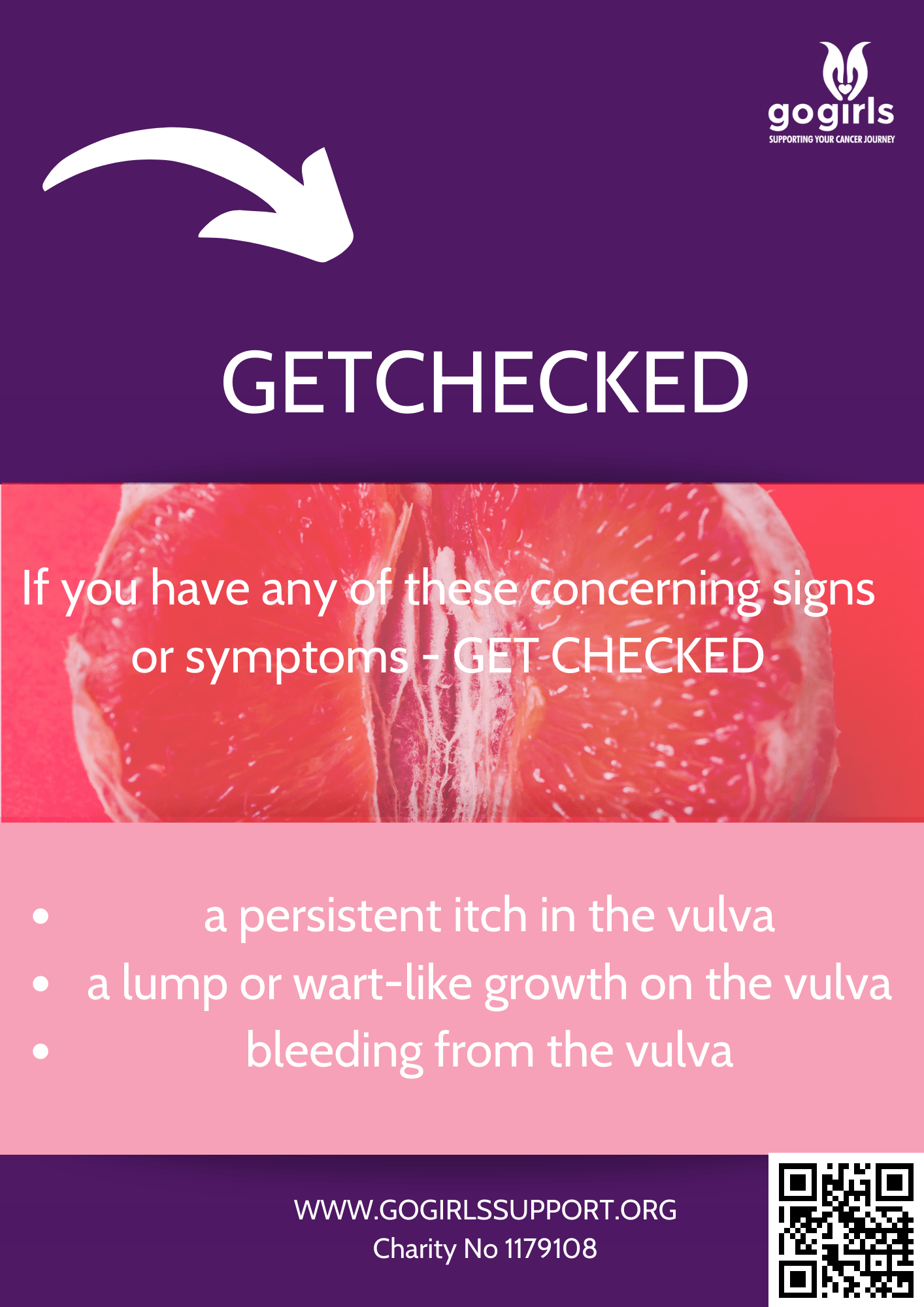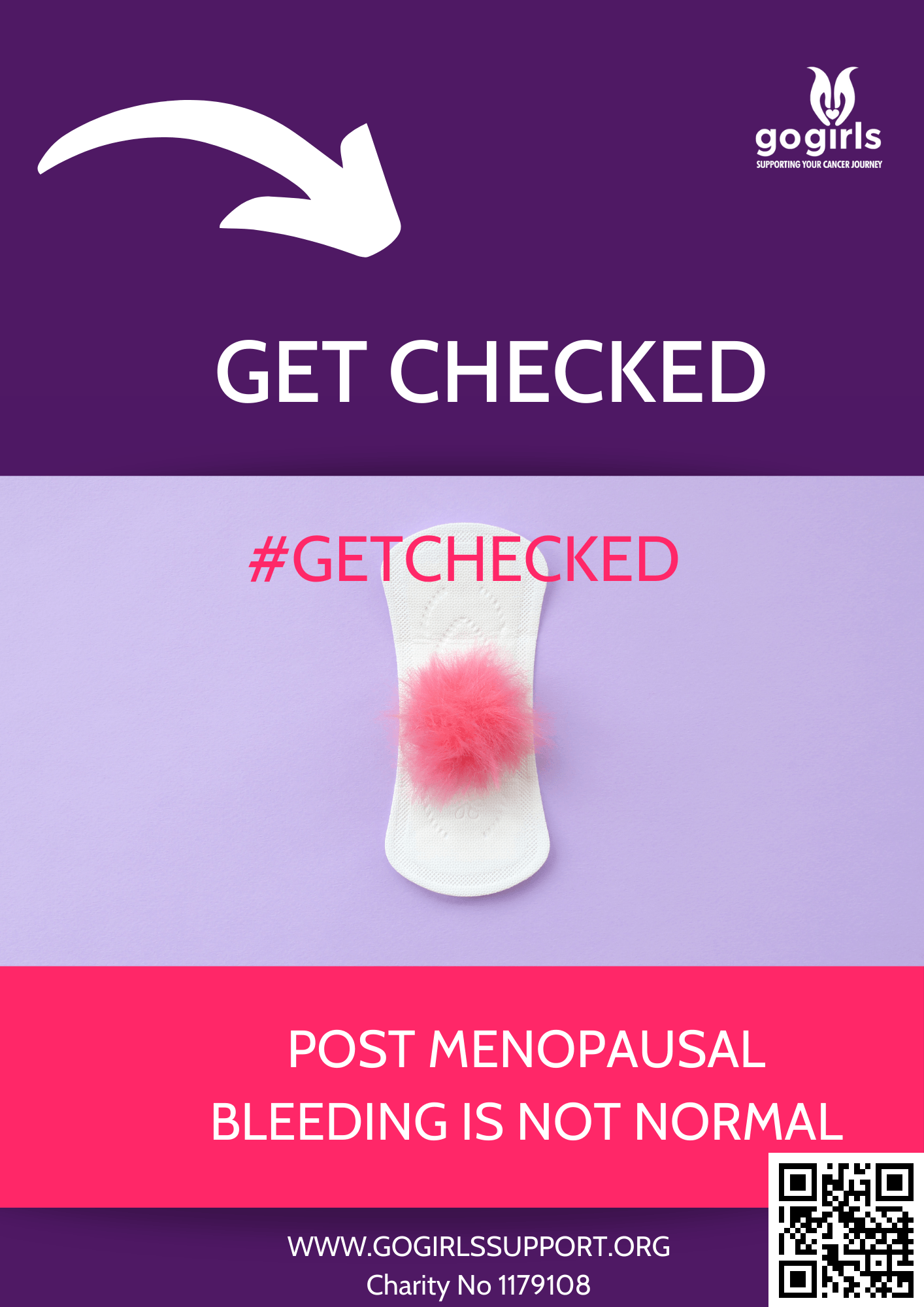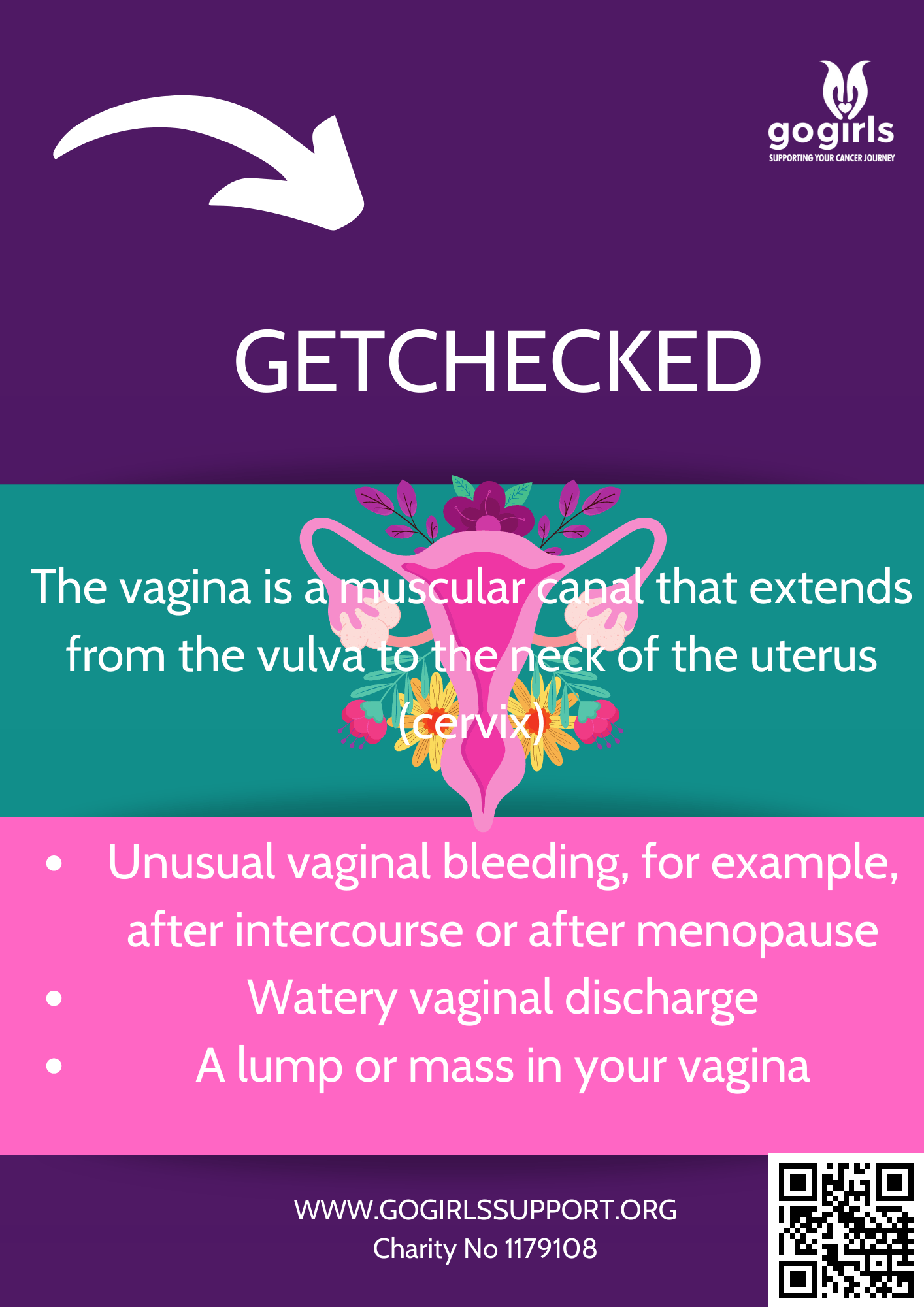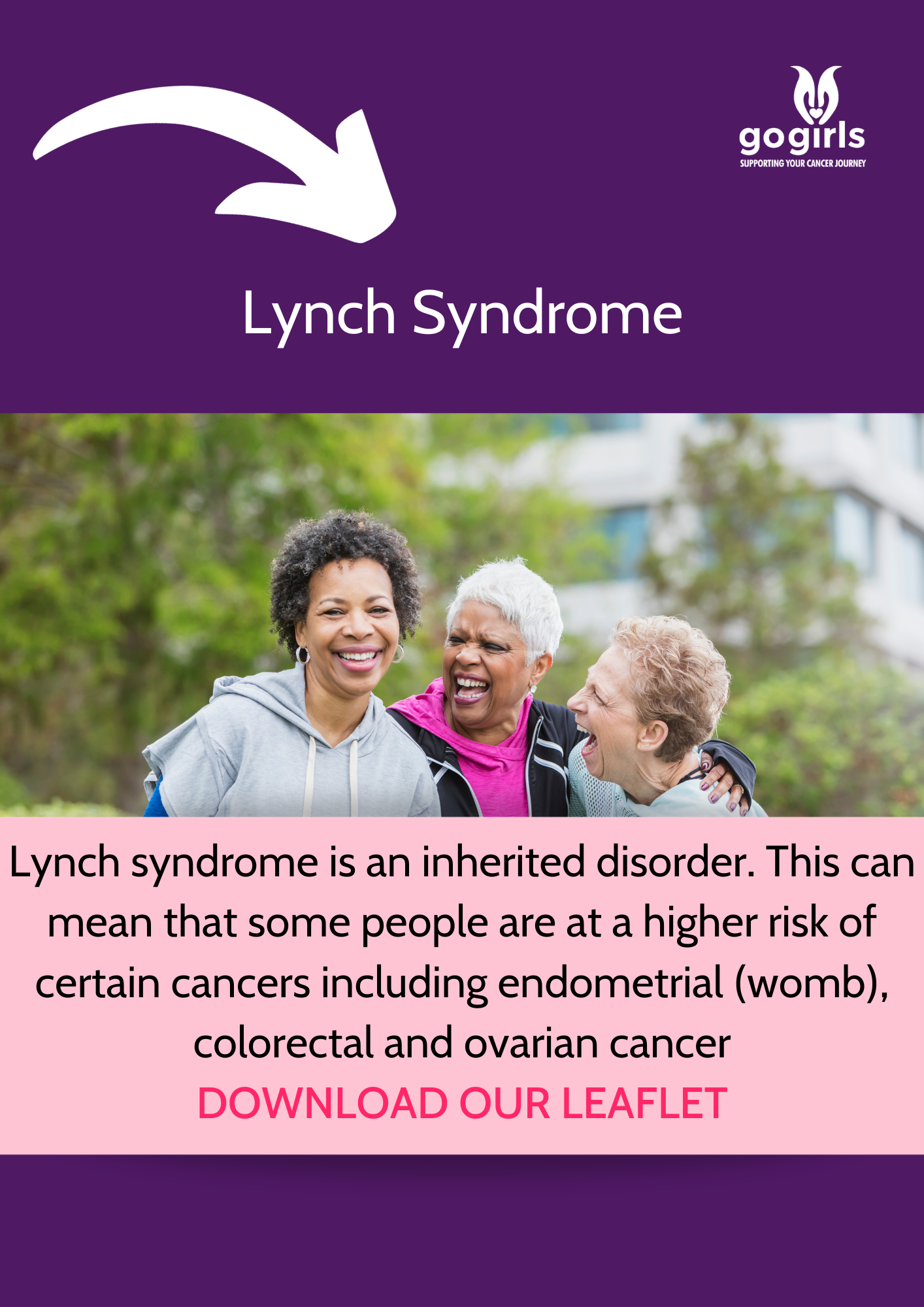Hello, I'm Inaya
It's as simple as VACCINATE & SCREEN
Vaccination seems like a hot topic right now, doesn't it?
So let me tell you about me and why I am supporting this year's GO Girls Cervical Cancer Prevention Week campaign.
So, I'm 16 and I live in Weymouth. I'm a trainee hairdresser, obsessed with the usual stuff, make-up, lashes and my hair extensions.
I guess I'd never really thought much about cervical cancer until I found out more from the GO Girls. In fact, I'm not really sure that I understood that much (or took much notice) as to why I had the HPV vaccine at school, but I do now and so should you.
I never knew that I would still require screening even though I'd had the HPV vaccine, did you?
We've put together some facts about HPV and cervical cancer, download and share these with friends and be like me. Empower yourself because #womenshealthmatters
and it should matter for you too.
So here we go...

Did you know?
Cervical Cancer is the 4th most common cancer in women
Almost all cervical cancer cases (99%) are linked to infection with high-risk human papillomaviruses (HPV), an extremely common virus transmitted through sexual contact
So why do we vaccinate?
The human papilloma virus (HPV) can cause cell changes in the cervix which over time can develop into cancer.
Almost all cervical cancer cases (99%) are linked to infection with high-risk human papillomaviruses (HPV), an extremely common virus transmitted through sexual contact.
Although most infections with HPV resolve spontaneously and cause no symptoms, persistent infection can cause cervical cancer in women.
There are more than 100 types of HPV, of which at least 14 are cancer-causing (also known as high risk type).
Two HPV types (16 and 18) cause 70% of cervical cancers and pre-cancerous cervical lesions.
There is also evidence linking HPV with cancers of the anus, vulva, vagina, penis and oropharynx.
In England, girls and boys aged 12 to 13 years are routinely offered the 1st HPV vaccination when they're in school Year 8. The 2nd dose is offered 6 to 24 months after the 1st dose.
It's important to have both doses of the vaccine to be properly protected.
If you're eligible and missed the HPV vaccine in school Year 8, you can have it free on the NHS up until your 25th birthday.
You can read more about HPV here
It's as simple as vaccinate and screen
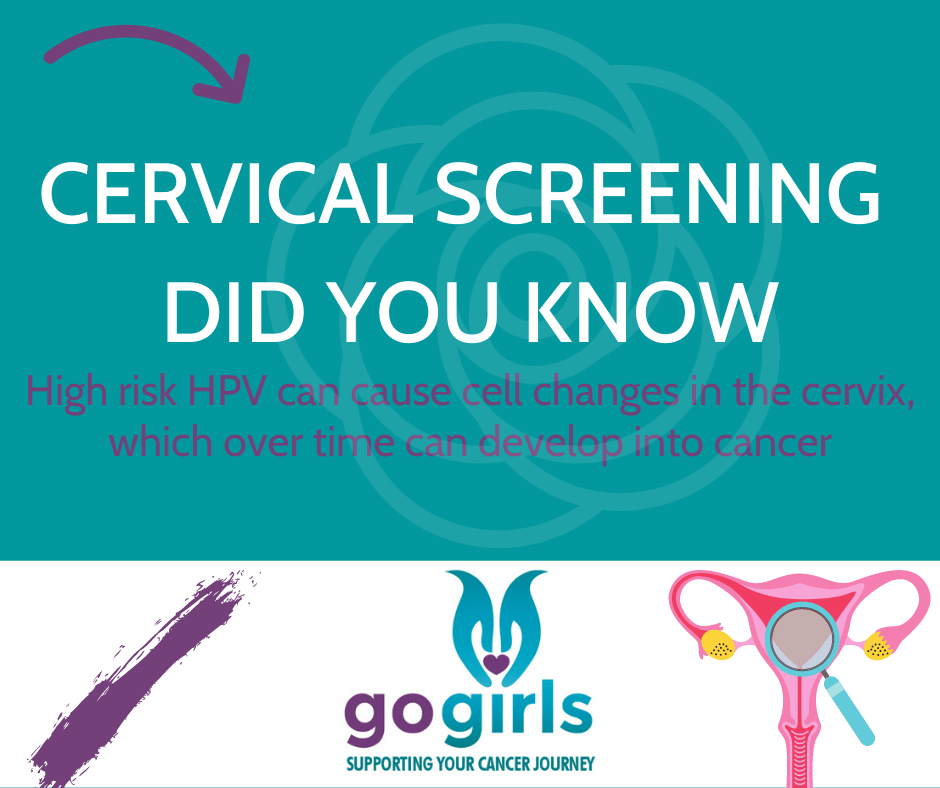
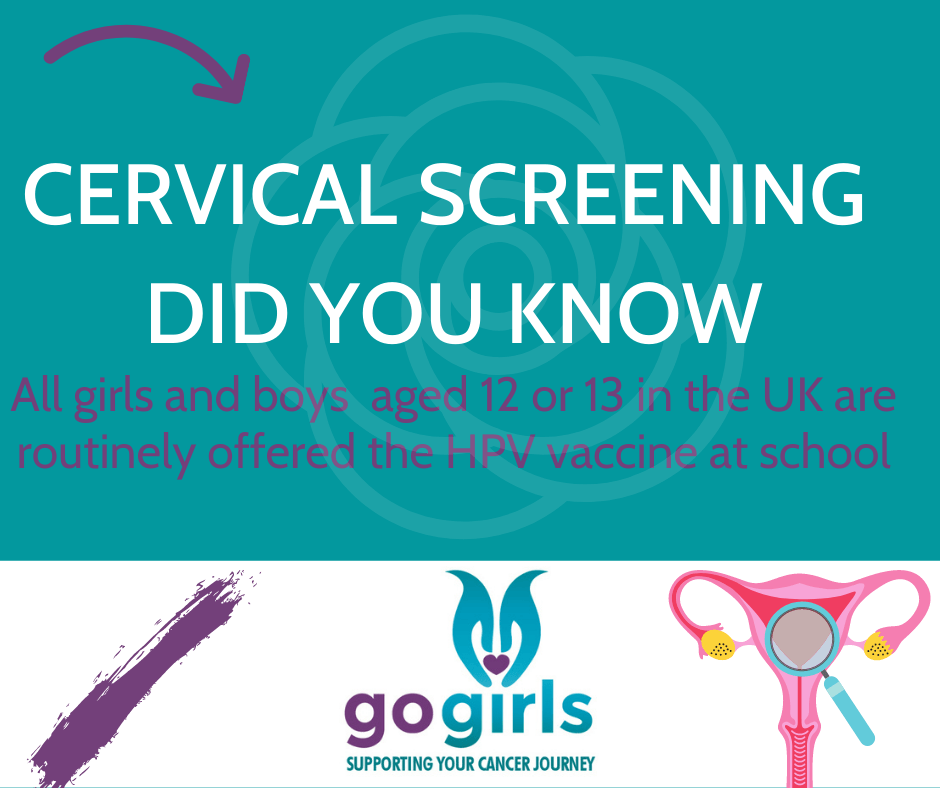
So why do I need to go for screening if I've had the vaccine?
Whilst the vaccine offers very good protection it's not the whole story. It vaccinates against 4 high risk types of HPV , but not all, so it's still really important to go and check your cervix is healthy. And not all women will have been eligible to have had HPV vaccines.
It's not a test for cancer, it's a test to help prevent cancer.
All women and people with a cervix aged 25 to 64 should be invited by letter.
During the screening appointment, a small sample of cells will be taken from your cervix.
The sample is checked for certain types of human papillomavirus (HPV) that can cause changes to the cells of your cervix. These are called "high risk" types of HPV.
If these types of HPV are not found, you do not need any further tests.
If these types of HPV are found, the sample is then checked for any changes in the cells of your cervix. These can then be treated before they get a chance to turn into cervical cancer.
You'll get your results by letter, usually in about 2 weeks. It will explain what happens next.
Read more about screening here
It's as simple as vaccinate and screen
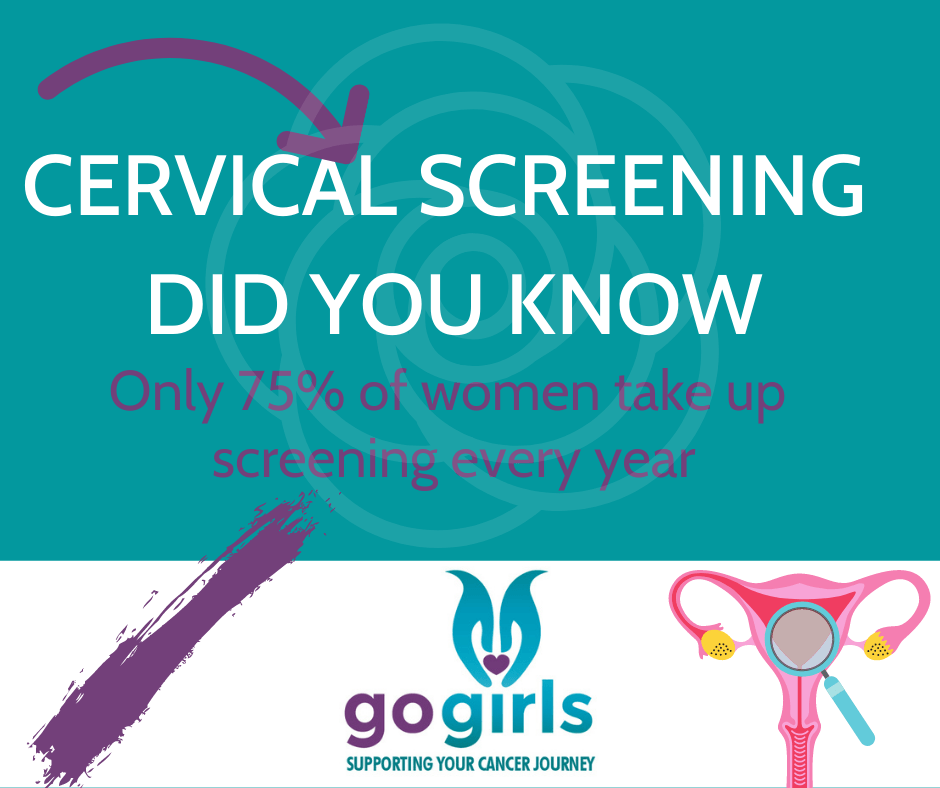
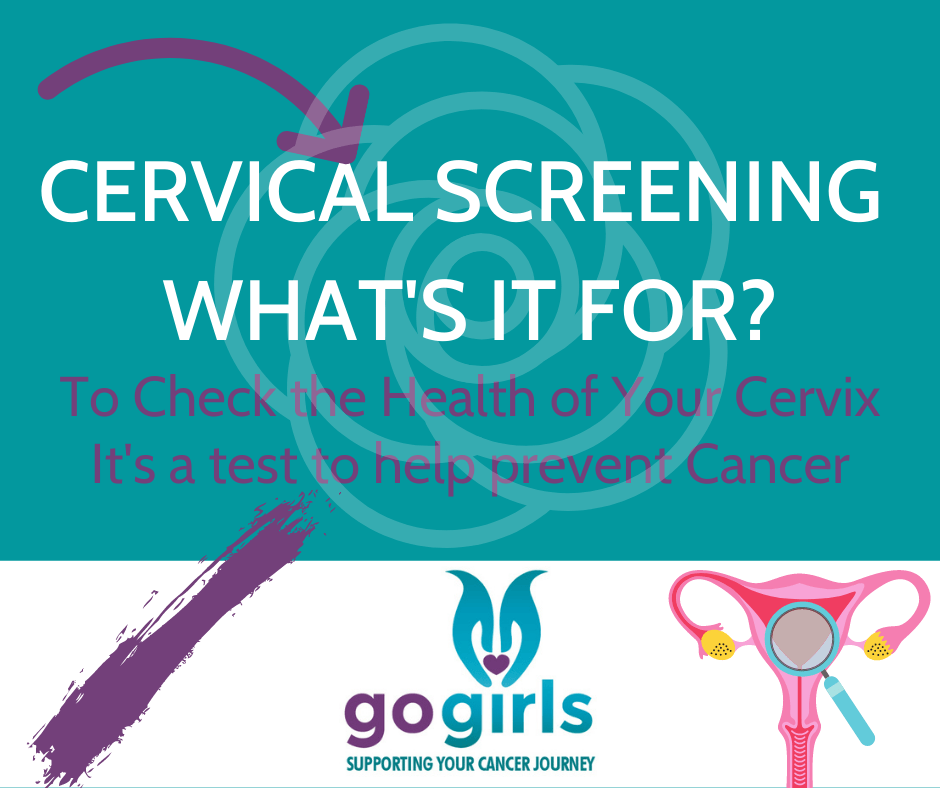
Are there risk factors to developing cervical cancer?
Yes.
The estimated lifetime risk of being diagnosed with cervical cancer is 1 in 142 (less than 1%) for females born after 1960 in the UK.
99.8% of cervical cancer cases in the UK are caused by HPV infection.
Cervical cancer risk is 6 times higher in women with HIV/AIDS.
Cervical cancer risk is up to doubled in current oral contraceptive users who have used oral contraceptives for 5+ years.
Cervical squamous cell carcinoma risk is 74-80% higher in women with a first-degree relative (mother, sister, daughter) with cervical squamous cell carcinoma, compared with the general population.
Cervical adenocarcinoma risk is 39-69% higher in women with a first-degree relative with cervical squamous cell carcinoma, compared with the general population.
Cervical cancer risk among parous women is 77% higher in those under 17 years old at their first full-term pregnancy.
Cervical squamous cell carcinoma (SCC) risk is 46% higher in current smokers versus never-smokers.
Why not explore these risk factors in more detail
It's as simple as vaccinate and screen
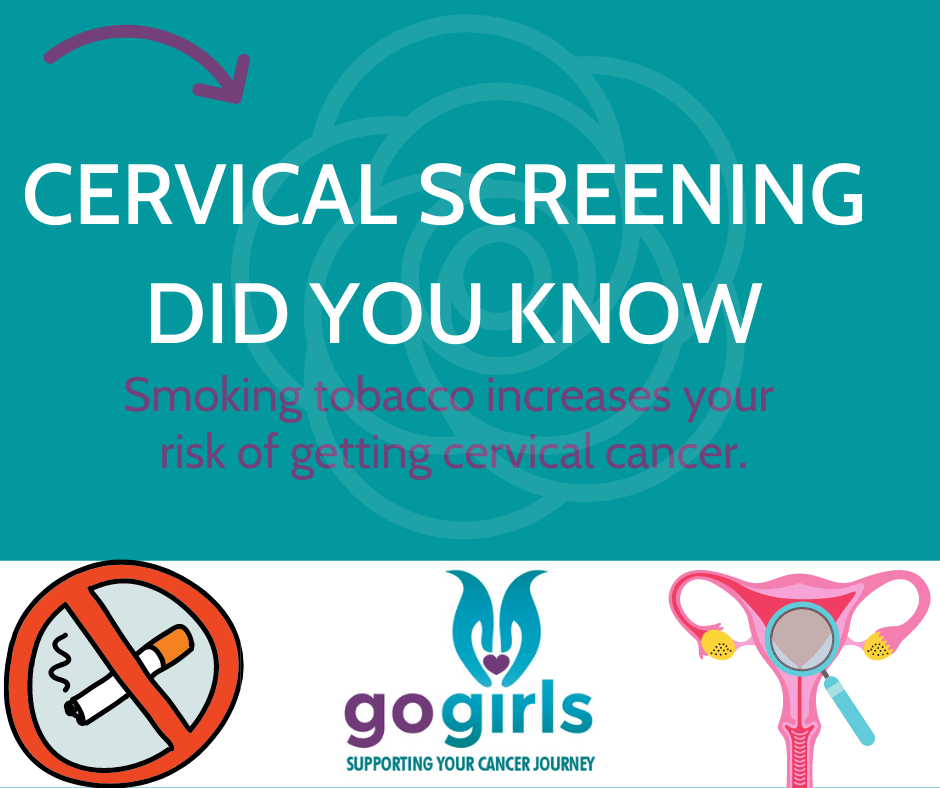
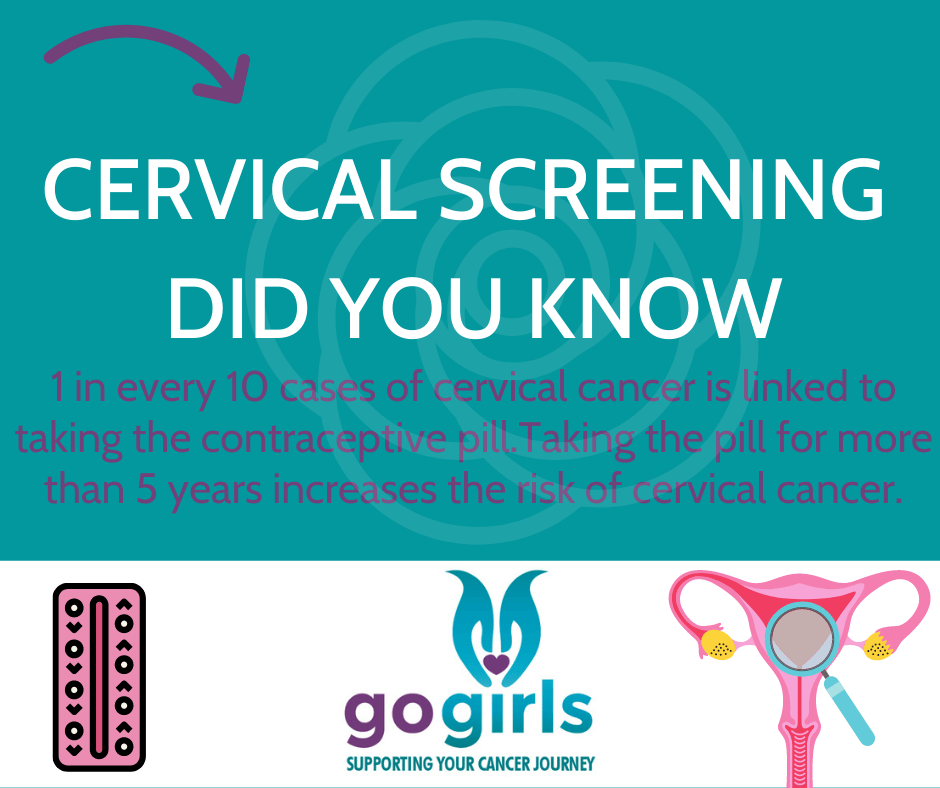
I wish I had educated myself sooner about HPV vaccines and screening
#educate #empower #loveyourcervix

How you can get involved
18th January marks the start of Cervical Cancer Prevention Week. We hope you will join us in spreading the word.
We will be joining with our many colleagues helping to raise awareness of cervical cancer.
So here is how you can get involved and what you can do to help
Social media
Spread the word with the use of our hashtags
#inaya
#cervicalcancerprevention
#HPV
#cervicalcancer
#gogirls
#loveyourcervix
Twitter and Instagram
Hello I'm Inaya. Follow my journey to understand #cervicalcancer #inaya #loveyourcervix. I am supporting GO Girls to help raise awareness.
Twitter @’s to look out for
Links
Share this awareness page, using our hashtags above
Help GO Girls raise awareness of cervical cancer prevention. Let's s eliminate cervical cancer together
Let's s eliminate cervical cancer together










